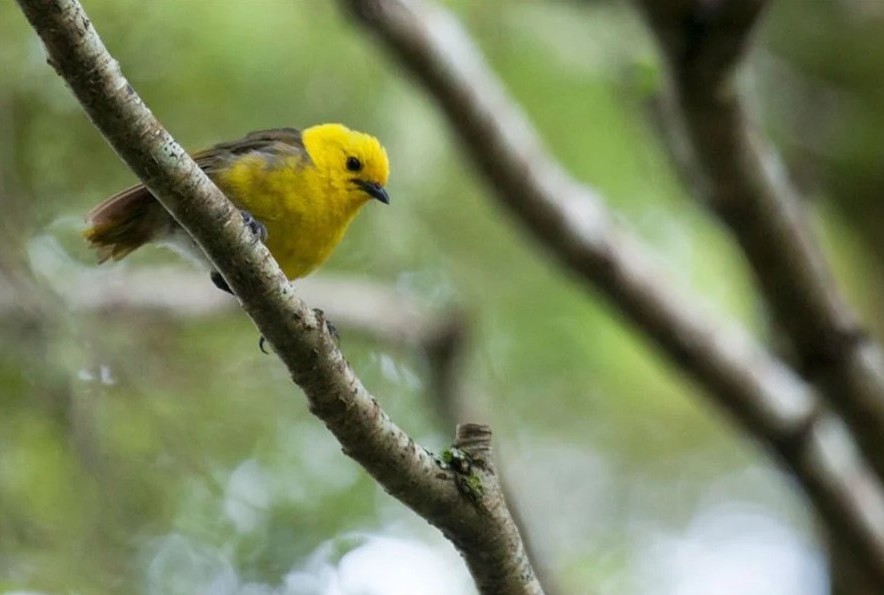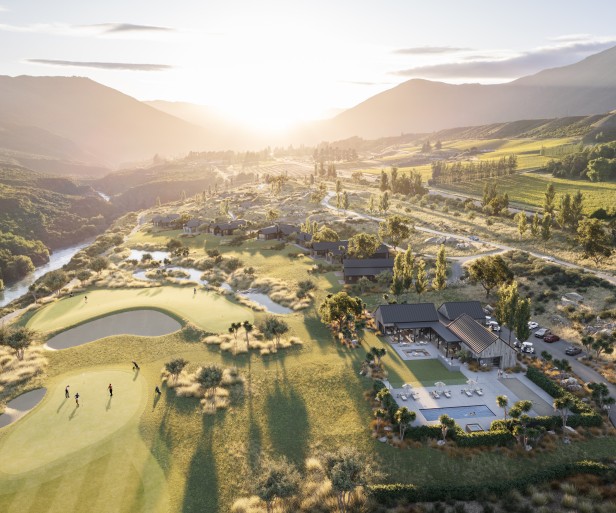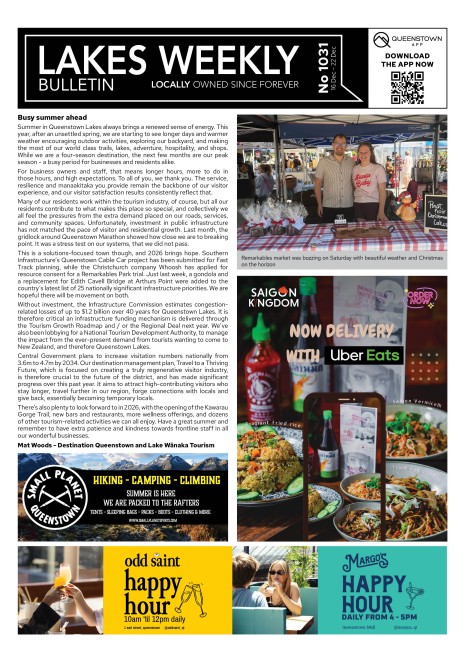DOC plans South Island 1080 drop

The Department of Conservation (DOC) plans to increase predator control in South Island beech forests, ahead of a major predicted beech 'mast'.
The predicted beech mast will drop trillions of seeds, fuelling a surge in rodents then stoats – with potentially devastating impacts on native birds, bats, snails and other species.
DOC National Predator Control Programme Manager Peter Morton says it’s expected to be the biggest beech mast in seven years, with seeding most likely in western areas from Kahurangi at the top of the South Island to Fiordland.
“We are planning a bigger predator control programme than usual over the next two years to protect our most vulnerable native species like mohua, rock wren and pekapeka from beech-seed fuelled plagues of rats and stoats.
“Operations will be focused on the best surviving populations of endangered wildlife in Kahurangi, Mt Aspiring, Arthur’s Pass and Fiordland national parks.
“We know if we do nothing, native species will be decimated. Some of our last surviving mohua populations are hanging on by a thread and there’s a risk with a surge in predators we could lose them,” Morton says.
Planning is underway for 15 predator control operations over 650,000 ha at priority South Island sites from spring to early summer in 2025, before seed falls in autumn.
This avoids times when beech seed carpets the forest floor and rodents are less likely to eat toxic bait. Monitoring through a smaller beech mast in 2023 showed this timing led to the most effective control of predators and best outcomes for native wildlife.
Then there will be a second operation from late 2026 and early 2027, once seed has been eaten or germinated. This will be determined by rat and stoat monitoring results from the sites DOC is protecting. If rodent numbers do not reach anticipated damaging levels in some areas, the programme will be scaled back.
This is all in addition to DOC’s regular programme over another 150,000 ha. DOC is consulting with iwi and hapū, stakeholders and local communities about all proposed operations.
Morton says Mohua/yellowhead are helpless when rats invade the tree holes where they nest and roost. A rat plague during a beech mast in 1999 wiped out the last population of mohua in the northern South Island at Mt Stokes.
“Our monitoring shows that carefully timed aerial 1080 operations prevent large spikes in predator numbers, enabling birds and bats to survive and breed successfully.
“Controlling predators is one of the most important actions we can take to protect nature. People can do their bit of ‘naturing’ by setting traps in their backyards, joining a local trapping group or donating, as we work towards New Zealand’s Predator Free 2050 goal."
DOC uses climate modelling to predict beech masts a year in advance, and satellite imagery to monitor beech forest flowering across New Zealand. Profuse red flowering of beech trees this summer will be the first sign that the beech mast has started.
Beech forests naturally mast or seed every 2-6 years. Typically, this occurs on a local or regional scale in response to local climatic conditions. The last big mast was in 2019 when beech forests and tussock grasslands across Aotearoa seeded in a ‘mega mast’. A smaller mast occurred in parts of the South Island in 2023.
DOC controls predators on a sustained, rotational basis to protect more than 67 forest sites across the country over about 1.8 million ha or 20% of public conservation land.
The Department has received $6.5 million from the International Visitor Conservation and Tourism Levy for its expanded programme to tackle invasive predators.








